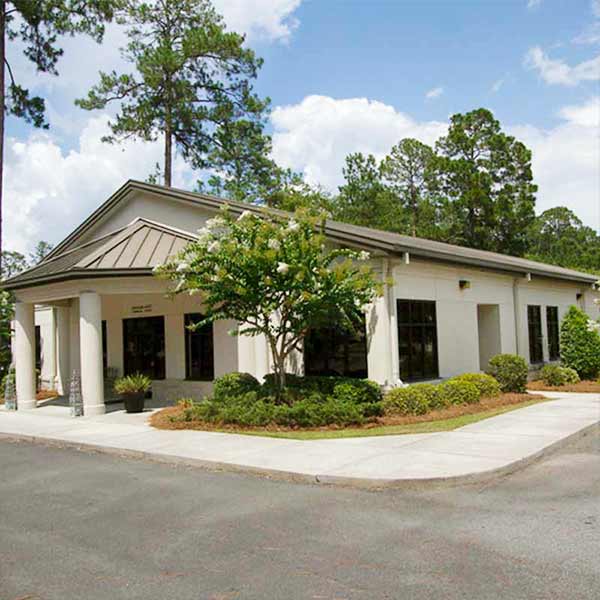Understanding PTSD
Learn More About Teen PTSD
Posttraumatic stress disorder, which is often referred to as PTSD, is a type of trauma or stressor-related disorder that is characterized by the presence of a variety of distressing symptoms that occur in the aftermath of experiencing, witnessing, or learning about one or more traumatic events.
The types of events that can cause a teen to experience symptoms of PTSD include physical assault, sexual abuse, serious illnesses, military combat, and other experiences that involve or may cause death, serious injury, or sexual violence. PTSD can occur in teenagers who are directly involved in one or more of these situations, as well as those who witness them or who learn that such an event has occurred to a family member or close friend.
When a teenager has developed PTSD, the symptoms that he or she may experience can include distressing dreams, recurrent intrusive memories of the event, flashbacks during which the teen feels as though he or she is re-experiencing the trauma, and significant psychological distress when exposed to reminders of the trauma. These symptoms will be accompanied by a variety of negative changes to mood or cognition, which can prompt several maladaptive behaviors and otherwise undermine a teen’s ability to live a healthy and productive life.
With proper professional care, though, adolescents and teenagers who develop posttraumatic stress disorder can experience relief from their psychological torment, learn to manage their symptoms, and resume their pursuit of a more promising future.
Statistics
Statistics of Teen PTSD
According to the National Center for PTSD, as many as 40 percent of children, adolescents, and teenagers in the United States will experience at least one form of trauma, and about 8 percent of adolescent girls and 2.3 percent of adolescent boys will develop PTSD as a result of that experience. Data collected as part of the National Survey of Children’s Exposure to Violence indicates that 60 percent of U.S. teenagers will experience or witness physical assault, child abuse, sexual victimization, and domestic or community violence before age 18. The same survey also revealed that 18.7 percent of teen girls between the ages of 14 and 17 had experienced an attempted or completed sexual assault, and more than 33 percent had witnessed a parental assault.
Causes & Risks
Causes and Risk Factors for Teen PTSD
The one common risk factor in all cases of PTSD is the existence of a traumatic event; however, this is not the only issue that can influence whether a person will or will not develop PTSD. A variety of genetic and environmental factors can determine the likelihood that a teenager who has been exposed to trauma will develop PTSD.
Genetic: Researchers have discovered a variety of genotypes that appear to influence whether or not a person will develop PTSD in the aftermath of trauma. Certain mental health disorders that have genetic connections, such as depressive disorders, panic disorder, and obsessive-compulsive disorder (OCD), can also increase the likelihood that a teen will develop PTSD after a trauma.
Environmental: Exposure to prior trauma is one of many environmental factors that can increase the likelihood that a subsequent trauma will cause a teenager to develop PTSD. Teens who experienced childhood adversity, who grew up in poverty, who lost a parent due to death or separation, who have made substandard educational progress, and who lacked strong social support prior to the trauma may also be at increased risk for developing PTSD after experiencing trauma.
Risk Factors:
- Gender (teen girls are more likely to develop PTSD than teen boys are)
- Family dysfunction
- Insufficient social support
- Prior mental illness
- Poverty
- Lower education level and/or intelligence
- Cultural characteristics such as fatalistic or self-blaming coping strategies.
Signs & Symptoms
Signs and Symptoms of PTSD
Posttraumatic stress disorder can manifest in a wide range of symptoms and maladaptive behaviors, with no one symptom or group of symptoms present in all cases. However, the following are among the more common signs and symptoms that may indicate that a teen has developed PTSD:
Behavioral symptoms:
- Avoiding certain situations, events, and/or people
- Abusing alcohol or other drugs
- Engaging in reckless, risky, or otherwise self-destructive behaviors
- Displaying violent tendencies, such as fighting or destroying property
- Acting with both physical and verbal aggressiveness
- Ceasing to participate in activities that were previously significant
Physical symptoms:
- Disrupted sleep patterns, including problems falling asleep or staying asleep
- Hyperarousal
- Exaggerated startle response
Cognitive symptoms:
- Recurrent distressing memories
- Inability to concentrate and focus
- Vivid and distressing dreams
Psychosocial symptoms:
- Anger and irritability
- Hypervigilance
- Drastic mood swings
- Depersonalization
- Derealization
- Withdrawal from family and friends
Effects
Effects of Teen PTSD
In the absence of effective professional intervention, a teen who has been struggling with PTSD may experience a wide range negative effects and outcomes, including but not limited to the following:
- Strained or ruined relationships
- Family discord
- Academic failure
- Physical injury due to violent or reckless behaviors
- Arrest or incarceration due to substance abuse or reckless behaviors
- Substance abuse and addiction
- Onset or worsening of additional mental health disorders
- Pervasive hopelessness
- Withdrawal and/or ostracization
- Suicidal ideation
- Suicide attempts
Co-Occurring Disorders
Co-Occurring Disorders & the Complexity of Teen PTSD
A teen who develops PTSD may also have an increased risk of suffering from one or more of the following co-occurring mental health disorders:
- Substance use disorder
- Depressive disorders
- Anxiety disorders (especially separation anxiety disorder)
- Bipolar disorder
- Conduct disorder
- Oppositional defiant disorder
- Major neurocognitive disorder








